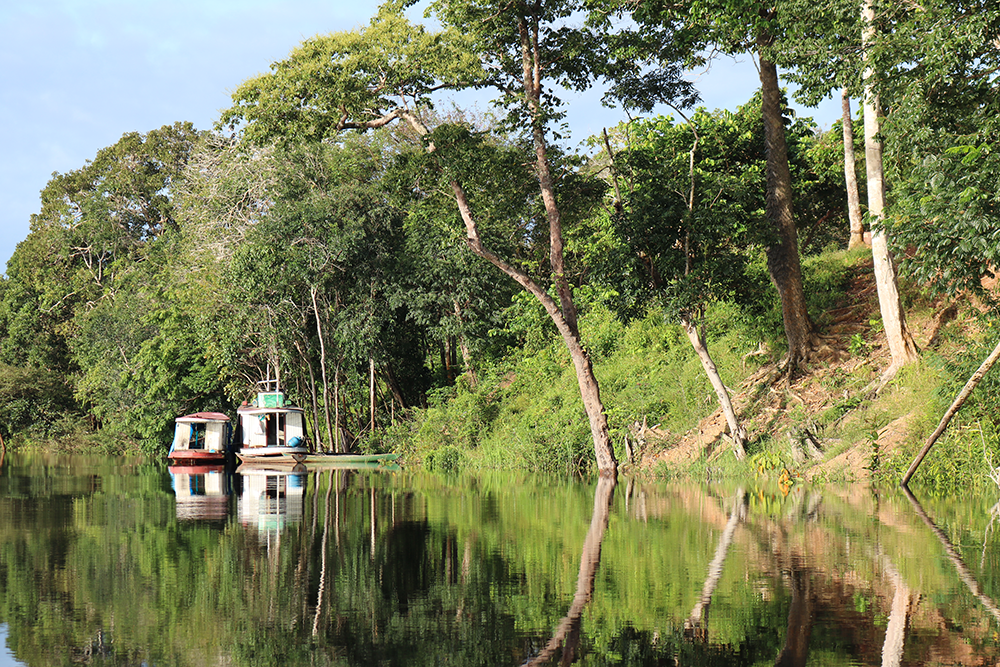



In 1979, the area presently occupied by the Jaú National Park was proposed as a Biological Reserve, a management category that is restrictive toward exploitation of natural resources in Brazil. In 1980, the Jaú National Park was created, and since then it has the challenge of managing the high level of socio-environmental conflict in the area.
The Vitória Amazônica Foundation (FVA), with presence in the area since 1991, has applied innovative and participatory mapping methodologies for natural resources use, which were the basis for the development of its zoning and Management Plan, between 1996 and 1998, within a co-management contract with the Federal Government of Brazil. Years later, Brazil created the National System of Conservation Units (SNUC) and developed tools for building participatory processes. As a result, the FVA, as the technical collaborating institution of the Brazilian Institute of the Environment and Renewable Natural Resources (IBAMA) provided support to local communities during the creation of the Unini River Extractive Reserve (RESEX), in a process that lasted until 2006, with the intention of guaranteeing access to natural resources and land tenure for the populations in the Jaú and Unini rivers.
- Creation of the National System of Conservation Units (SNUC).
- Promotion of social participation in the management of conservation units (UC).
- Development of tools for socio-environmental conflicts management.
- Technical and financial support for training procceses between protected area managers and local representatives.
- Creation of the Residents’ Association of the Unini River (AMORU) for the creation of the Unini River RESEX.
The creation of the Unini River RESEX required a participatory process that allowed negotiating and defining with the local communities a set of favorable conditions to enable the design and application of consultation mechanisms, natural resources use zoning, and the creation of participatory organisms such as the RESEX Deliberative Council, in 2008.
The first step was the creation of the AMORU, which in turn made the formal request for the creation of the RESEX. After that, a public consultation process was developed in the local communities, to underwrite the creation of the Reserve. Once the reserve was created, the Chico Méndez Institute for Biodiversity Conservation (ICMBio), an institution connected with the Ministry of the Environment, together with the FVA, began the management processes. Among this was the formation of the Deliberative Council, integrated by representatives of government agencies, civil society organizations, and local population representative of the area.